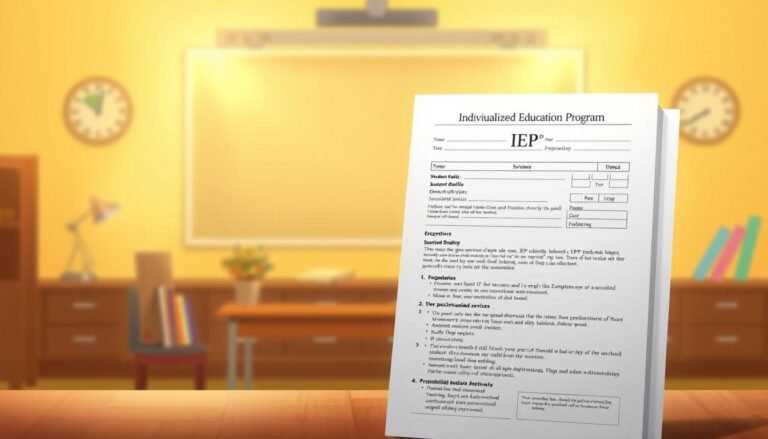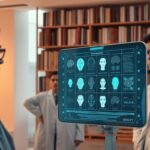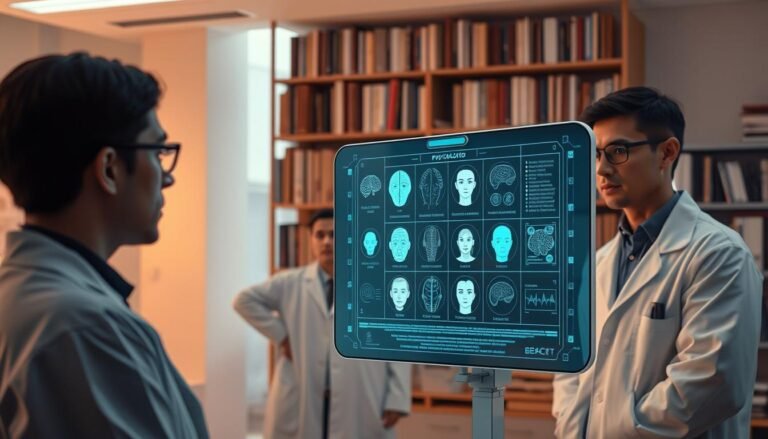
From Challenges to Success: Designing Lesson Plans for Diverse Learners
Introduction
In today’s increasingly diverse classrooms, educators face both unique challenges and exceptional opportunities. Creating lesson plans that cater to a wide range of learners—be they students with different learning abilities, cultural backgrounds, or socioeconomic statuses—can feel like an uphill battle. However, the key to transforming these challenges into success lies in effective lesson design that prioritizes inclusivity and engagement. From Challenges to Success: Designing Lesson Plans for Diverse Learners is not just a mantra; it’s a strategic approach that can empower educators to foster learning environments where all students thrive.
As we delve deeper into this topic, we will explore actionable strategies, real-world case studies, and essential tools that will help educators navigate the complexities of teaching diverse learners.
Understanding Diverse Learners
What Defines Diversity in the Classroom?
Diversity in the classroom encompasses various dimensions, including learning styles, cultural backgrounds, language proficiency, and physical or mental health variations. Recognizing these dimensions is the first step in designing effective lesson plans.
Statistic: According to the National Center for Education Statistics, approximately 14% of public school students receive special education services, highlighting the need for differentiated instruction.
The Importance of Inclusivity
Inclusivity ensures that all students feel represented and valued. This can boost academic performance and emotional well-being, leading to a more cohesive classroom environment.
Designing Lesson Plans with Diverse Learners in Mind
Step 1: Assess Learner Needs
Before you start crafting lesson plans, it’s crucial to understand the specific needs of your students. Conduct surveys, assessments, and interviews to gather data on students’ strengths, preferences, and challenges.
| Table 1: Methods for Assessing Learner Needs | Method | Description |
|---|---|---|
| Surveys | Anonymous questionnaires to gather insights | |
| One-on-one Assessments | Personalized discussions to identify needs | |
| Group Discussions | Classroom conversations to gauge collective interests |
Step 2: Set Clear Objectives
Clearly defined learning objectives are fundamental to effective lesson planning. Objectives should be SMART: Specific, Measurable, Achievable, Relevant, and Time-bound.
Example Objective: “By the end of this lesson, students will be able to identify and describe the life cycle of a butterfly using appropriate vocabulary.”
Step 3: Incorporate Differentiated Instruction
Differentiation is key when designing lesson plans for diverse learners. This can involve varying the content, process, and product based on students’ readiness levels, interests, and learning profiles.
Case Study: A Multi-Modal Approach
In Ms. Johnson’s fourth-grade classroom, she employs a multi-modal approach to teach a unit on ecosystems. Students can choose to engage through interactive videos, hands-on experiments, or group projects, tailoring their learning experiences to their strengths. By allowing choice, she observes increased engagement and comprehension.
Step 4: Use Inclusive Teaching Strategies
Utilize inclusive teaching strategies such as Universal Design for Learning (UDL) and formative assessments:
Universal Design for Learning (UDL)
UDL emphasizes providing multiple means of engagement, representation, and action. This proactive framework helps educators equip all students for success from the outset.
Formative Assessments
Implementing ongoing assessments throughout the lesson allows for immediate feedback and adjustments. This ensures that all learners are keeping pace and enables teachers to identify areas that may require further emphasis.
Step 5: Foster a Positive Classroom Environment
Cultivating a classroom atmosphere conducive to collaboration, respect, and inclusion is crucial. Establishing norms and expectations helps create a safe space where all students feel comfortable sharing their ideas.
Engaging Resources for Diverse Learners
Technology in the Classroom
Leverage technology to bridge learning gaps. Tools like Google Classroom, Kahoot, or Quizlet can provide interactive experiences that engage different types of learners.
| Chart 1: Benefits of Technology Integration | Technology | Benefits |
|---|---|---|
| Google Classroom | Organizes resources and facilitates collaboration | |
| Kahoot | Engages students through gamification | |
| Quizlet | Offers tailored study materials for individual needs |
Community Engagement
Engage parents and the wider community to support classroom initiatives. Workshops, open houses, or co-created projects enrich the learning environment and foster collaborative relationships.
Case Studies of Success
Case Study: Culturally Responsive Teaching in Action
In a diverse high school, Mr. Lee incorporated culturally responsive teaching by integrating literature from various cultures into his English curriculum. This not only motivated students but also helped them see their experiences reflected in their studies.
Analysis of Relevance
Mr. Lee’s practices demonstrate that by embracing students’ backgrounds, educators can create a more relatable and engaging curriculum that honors diversity.
Case Study: Language Learning
In Ms. Garcia’s ESL class, she utilizes visual aids, bilingual resources, and peer tutoring to help non-English speakers grasp complex concepts. Her approach has led to a significant increase in student retention and performance.
Analysis of Relevance
This case study illustrates that scaffolding and peer support are effective strategies for addressing the unique learning needs of language learners.
Conclusion
Designing lesson plans that cater to diverse learners is indeed a challenge, but with a strategic approach, it can lead to remarkable success. From Challenges to Success: Designing Lesson Plans for Diverse Learners is about understanding your students, implementing differentiated strategies, utilizing technology, and fostering an inclusive environment. By embracing these principles, educators can transform their classrooms into spaces where every student has the opportunity to excel.
Actionable Insights
- Start each school year with a comprehensive assessment of student needs.
- Employ varied instruction techniques to engage students actively.
- Regularly reflect and modify lesson plans based on student feedback and performance.
FAQs
1. What strategies can I use to cater to students with different learning styles?
You can use differentiated instruction techniques, such as providing varied content and assessments that align with different learning preferences. Incorporate visual, auditory, and kinesthetic elements into your lessons.
2. How can I assess the needs of my diverse learners effectively?
Utilize surveys, direct conversations with students, and ongoing formative assessments to gauge their needs and adjust your teaching methods accordingly.
3. What role does technology play in supporting diverse learners?
Technology can enhance learning experiences through interactive and personalized tools, providing students with access to resources that cater to their individual needs.
4. How do I create an inclusive classroom environment?
Establish clear expectations for respect and collaboration, celebrate diversity, and integrate culturally relevant content into your lessons.
5. What resources are available for teacher professional development regarding diverse learners?
Many organizations offer resources, such as online courses, webinars, and workshops focused on inclusive teaching strategies and differentiated instruction.
6. How should I adapt my expectations for students with disabilities?
Set high yet achievable goals tailored to each student’s unique abilities and provide the necessary support and accommodations to help them meet those expectations.
By building on these strategies and insights, educators can successfully navigate the complexities of teaching diverse learners. Together, we can turn challenges into opportunities and foster an enriching learning environment for all.
















